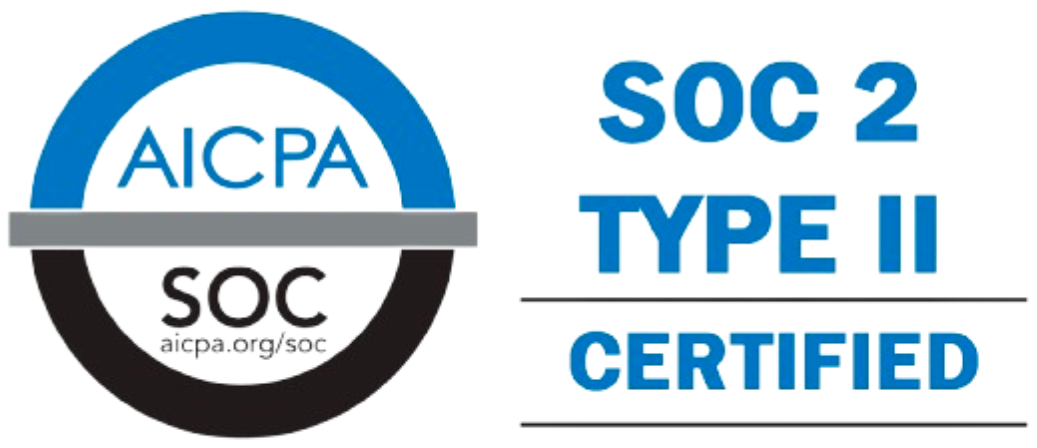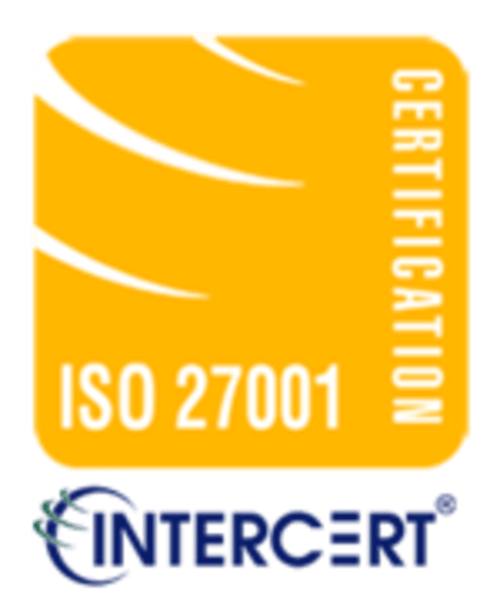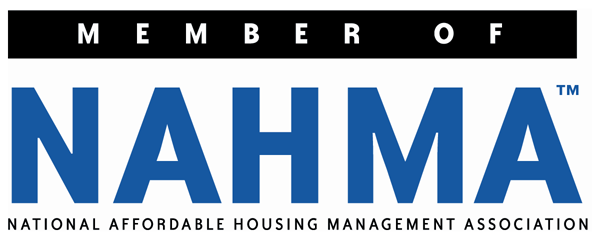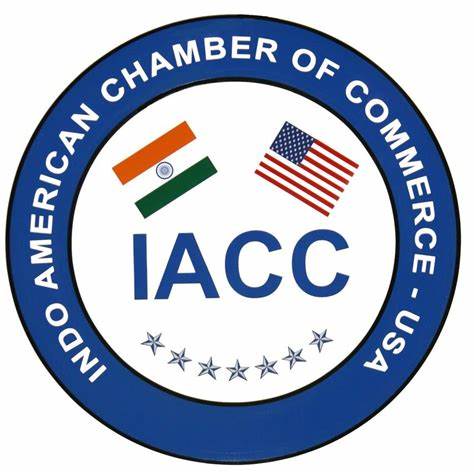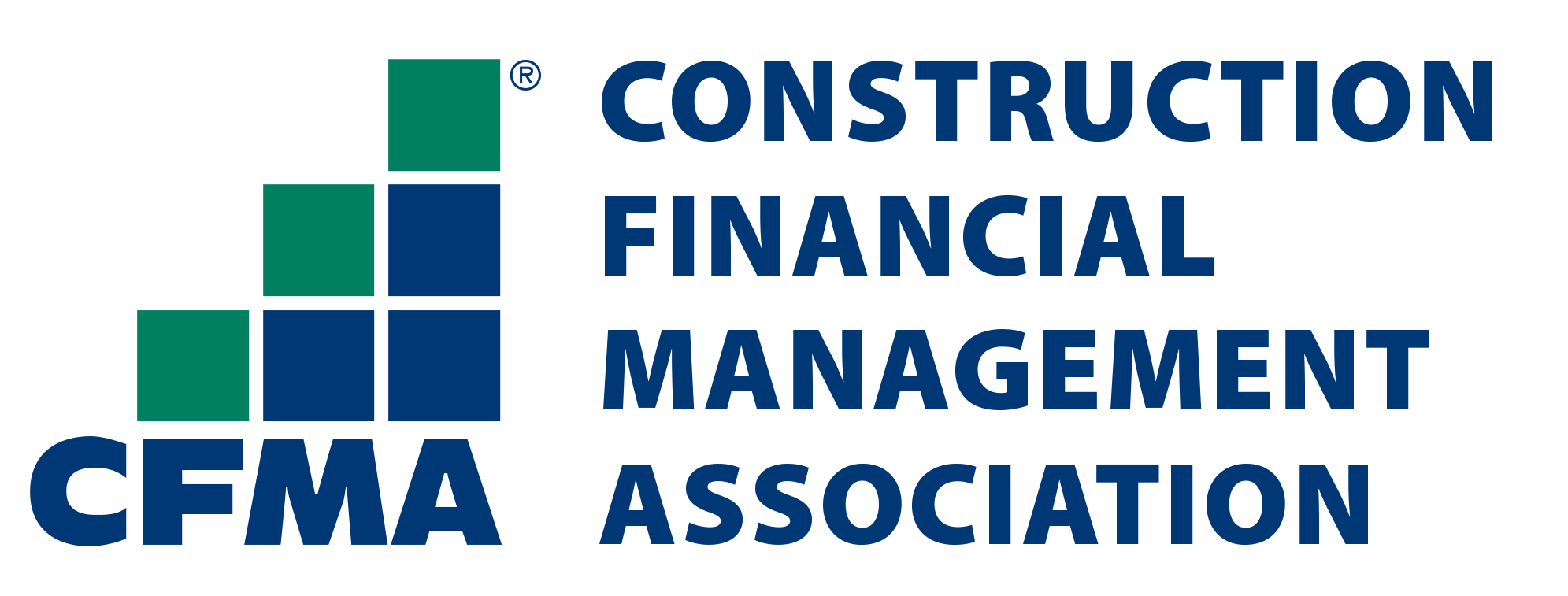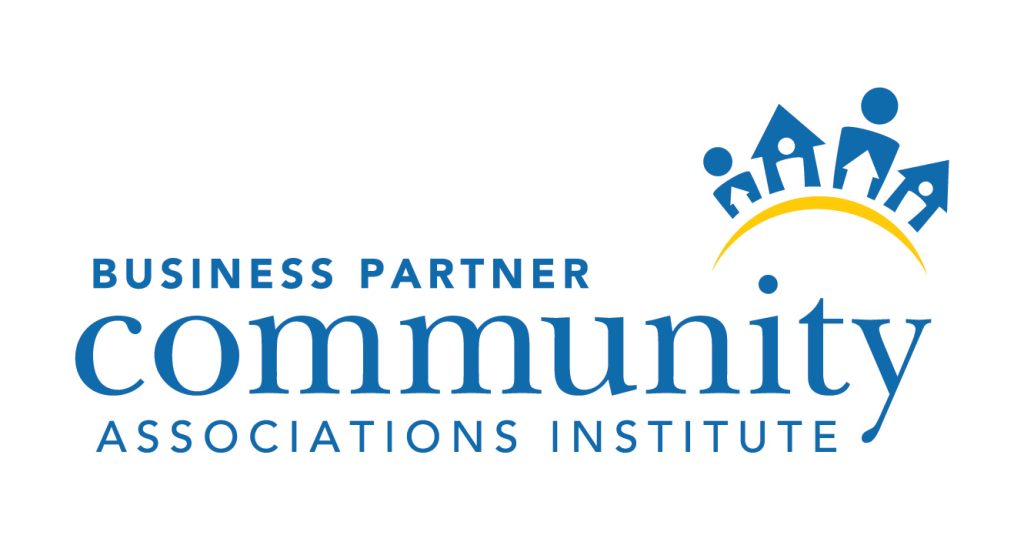
The Month-End Closing Process: A Step-by-Step Guide
- September 12, 2024
- OHI

The month-end closing process is a series of procedures carried out by the accounting team to ensure that all transactions for the month are recorded, reconciled, and reported. It involves closing the books for the month, preparing financial statements, and generating reports that provide insight into the company’s financial performance.
As a time-sensitive process, the sooner the month-end close is completed, the faster management can access the data for decision-making. It is also essential for preparing tax returns and year-end reporting.

The first step is ensuring that all financial transactions are accurately recorded. This includes:
Best Practice: Use accounting software to automate the recording of transactions, reducing the risk of human error and speeding up the process.
Reconciling bank accounts ensures that the firm’s internal records match the bank statements. This process helps identify any missing or duplicate entries.
Steps for Bank Account Reconciliation:
Best Practice: Reconcile all bank accounts, including checking, savings, and payroll accounts, to ensure all transactions are accounted for.
Credit card reconciliation ensures all credit card transactions, such as payments and interest, are recorded in the system.
How to Reconcile Credit Card Statements:

Before closing the books, review both AP and AR to ensure that all pending transactions are recorded.
Best Practice: Regularly reviewing AP and AR promotes healthy cash flow and minimizes the risk of bad debts.
Accrued expenses and revenues must be accounted for, even if they haven’t been paid or received by month-end.
Best Practice: Maintaining accurate records of unpaid expenses and revenues provides a clear picture of the company’s financial position at month-end.
Prepaid expenses are payments made in advance for goods or services not yet received, like insurance premiums. At month-end, these expenses need to be amortized over the relevant period.
Prepaid Expenses Adjustment Steps:
Best Practice: Tracking and updating prepaid expenses during month-end ensures accurate expense reporting.
Fixed assets, such as equipment or vehicles, depreciate over time. Depreciation is the method of allocating the cost of an asset over its useful life.
Steps for Depreciating Fixed Assets:
Best Practice: Use accounting software to automatically calculate depreciation and reduce the risk of manual errors.
Inventory reconciliation is the process of verifying the physical inventory count against the recorded figures in the system.
Steps to Reconcile Inventory:
Best Practice: Use inventory management software to automate reconciliations and improve accuracy.

Once all transactions are recorded and reconciled, prepare the key financial statements, which include:
Best Practice: Review financial statements for any inconsistencies or errors before finalizing them.
After all tasks are complete, the final step is closing the books. Closing the books locks the accounting records for the month, ensuring no additional transactions can be recorded for that period.
Best Practice: Obtain all necessary approvals before closing the books to prevent errors or missing data from slipping through.

The month-end close process is essential for ensuring the accuracy and completeness of a company’s financial records. By following a structured approach and adhering to best practices, the process becomes more manageable and less time-consuming. Proper management of income, expenses, reconciliations, and financial statements will result in accurate record-keeping, improved decision-making, and timely reporting.
Contact us for a customized NO OBLIGATION proposal for outsourcing your accounting activities.
